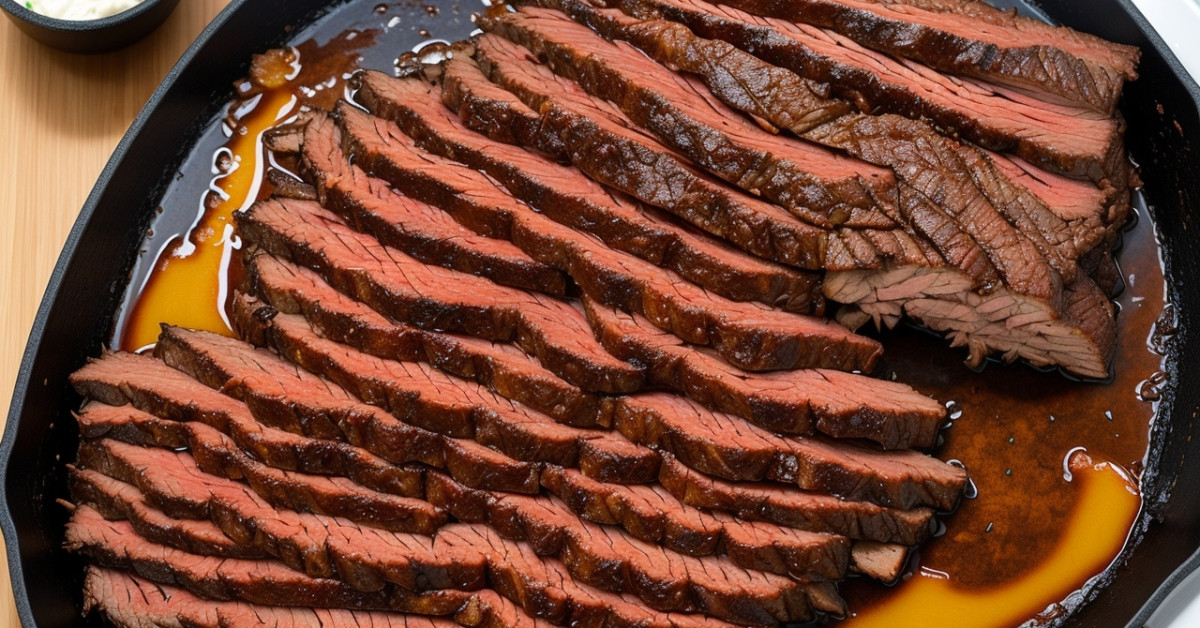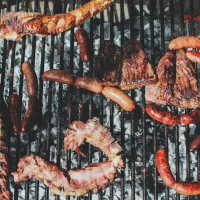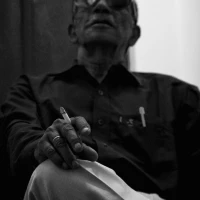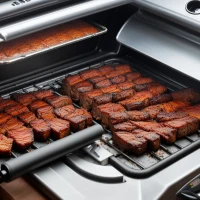When it comes to achieving brisket excellence, understanding the ideal finishing temperature is akin to discovering the culinary holy grail. Whether you’re a seasoned pitmaster or a curious home cook, the quest for the perfect brisket is both a science and an art form. As succulent and flavorful as brisket can be, it can just as easily become a disappointing, tough piece of meat. Fear not, as this guide is your key to transforming a daunting task into a joyous triumph in meat preparation.
The journey to brisket supremacy isn’t about secrets kept close to the chest; it’s a shared celebration of techniques and know-how that elevates your craft. In this comprehensive guide, we’ll delve into the nuances that culminate in tenderness that melts in your mouth, a bark that captivates your senses, and juiciness that bridges the chasm between good and legendary. So, roll up your sleeves and sharpen your thermometers, as we reveal the secrets for an excellent finishing temperature for your next brisket marvel!
The Brisket Baseline: Understanding the Cut
Before delving into the meticulous details of finishing temperatures, it’s crucial to understand the brisket itself. As denizens of the barbecue world, brisket enthusiasts know that this specific cut of meat comes from the lower chest of beef or veal. Renowned for its robust flavor, the brisket is made up of two main parts:
- The Flat: Leaner and often used for sliced brisket.
- The Point: Richer in fat, lending itself to the revered “burnt ends.”
The composition of the smoke 10 lb brisket at 225, abundant connective tissues, and marbled fat make it a challenging yet rewarding cut to prepare. It demands patience, precise temperature management, and a respect for the low-and-slow philosophy of cooking.
Decoding the Temperature Talk
To discuss the finished brisket temperhow to cut a cantaloupe in cubesture, we must first fine-tune our focus on two essential metrics:
- Internal Meat Temperature: This is the core of our conversation, indicating when the meat is approaching its peak tenderness.
- Ambient Temperature: The temperature within your smoker or grill, which greatly influences the cooking process.
The Low-and-Slow Methodology
Embracing the low-and-slow cooking method is paramount. Here’s why this technique is so crucial:
- Connective Tissue Breakdown: Low temperatures over an extended period allow for the collagen and fats within the brisket to melt, resulting in that coveted tenderness.
- Moisture Retention: It helps in retaining moisture, mitigating the risk of a dry, overcooked brisket.
The Temperature Plateau Phenomenon
Smoking a smoking brisket at 250 vs 225 often leads to a fascinating event known as “the stall,” where the internal temperature of the brisket plateaus. This is a naturally occurring process where the meat’s moisture evaporates, cooling it similarly to how sweat cools our skin. Patience is key here, as the stall can last for hours. Resist the temptation to raise the ambient temperature and instead, wait it out.
Precision Instruments: Measuring the Finish Line
To achieve the desired finished brisket temperature, owning a reliable meat thermometer is non-negotiable. Whether you’re a fan of the classic probe or the high-tech wireless gadgets, ensure your tool gives accurate readings. An ill-informed temperature reading is the pitfall you want to avoid at all costs.
The Ideal Finishing Temperature for Brisket
When your brisket’s reheat pork chops in air fryerternal temperature hits the range of 195°F to 205°F, it’s usually regarded as the sweet spot. Here’s a quick breakdown:
- 195°F: A firmer texture, yet tender brisket.
- 203°F: Often hailed as the magic number for perfect tenderness and moisture balance.
- 205°F: For those who enjoy a more fall-apart texture, particularly in the point.
The Resting Ritual
Onceasy cacio e pepe recipe your brisket reaches the desired temperature, the journey isn’t over. The step that separates the great from the extraordinary is the resting phase. Wrap your brisket in butcher paper or foil and let it rest for at least one hour. This period allows the juices to redistribute throughout the meat, ensuring each bite is as moist and flavorful as the last.
Tips for an Effective Rest:
- Insulated Environment: Using a cooler or an oven (turned off) during the rest can maintain a stable temperature.
- Resist the Temptation to Peek: Every time you unwrap or cut into the brisket prematurely, precious moisture escapes.
Conclusion: Bringing It All Together
Mastering the finished brisket temperature is a culmination of patience, precision, and passion for the process. Every step, from understanding the cut, employing the low-and-slow method, navigating the temperature stall, to the final rest, contributes to achieving brisket perfection.
Remember,
- Patience is not simply a virtue but a requirement.
- Precision in temperature monitoring is your guide.
- Passion for your craft is what will set your brisket apart.
Discovering your ideal finishing temperature might take a few tries, but once dialed in, it becomes second nature. Whether you’re serving it at a backyard barbecue or a festive gathering, a perfectly finished brisket is a testament to your dedication and prowess. Embrace the low-and-slow journey, and relish in the satisfaction of carving into a brisket that’s nothing short of spectacular.
As you embark on your next brisket adventure, arm yourself with these insights, trust in the process, and celebrate every brisket milestone. The secrets to the ultimate brisket finishing temperatures are revealed, and now, they’re yours to wield. May your brisket be the highlight of every meal and the crowning glory of your culinary endeavors. Bon appétit!










